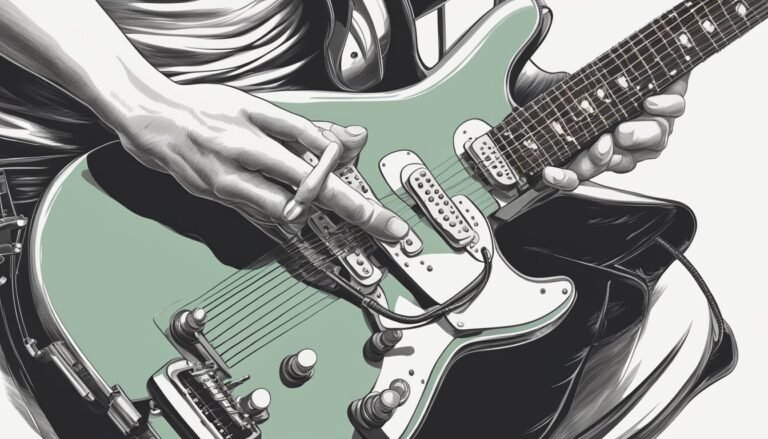
How to Play Lead Guitar: A Beginner’s Guide to Mastering Solos
Playing lead guitar requires mastering scales and techniques like string bending and vibrato, which enhance solos and personal expression across various musical genres.

Playing lead guitar requires mastering scales and techniques like string bending and vibrato, which enhance solos and personal expression across various musical genres.

Learning to play "Paint It Black" involves mastering essential chords like Dm, A7, C, F/C, and G, along with techniques like strumming patterns and fingerstyle.

Learning to read sheet music for guitar enhances skills by clarifying notes, rhythms, and techniques. Understanding notation simplifies playing and increases musical expression.
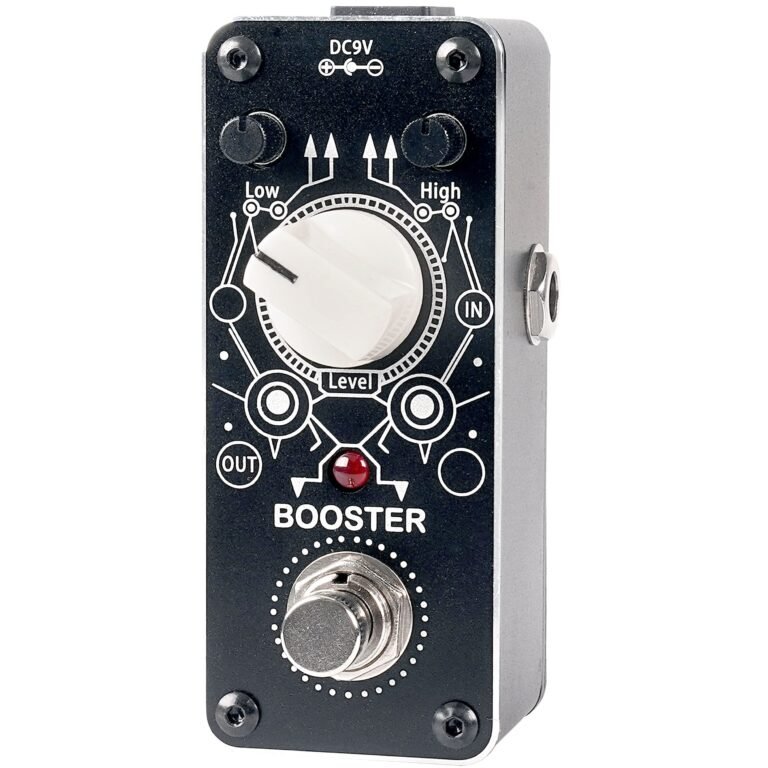
Boost pedals enhance guitar sound by increasing signal level, adding character, and providing tonal control. Key features include gain range, tone control, true bypass, and durable footswitches.
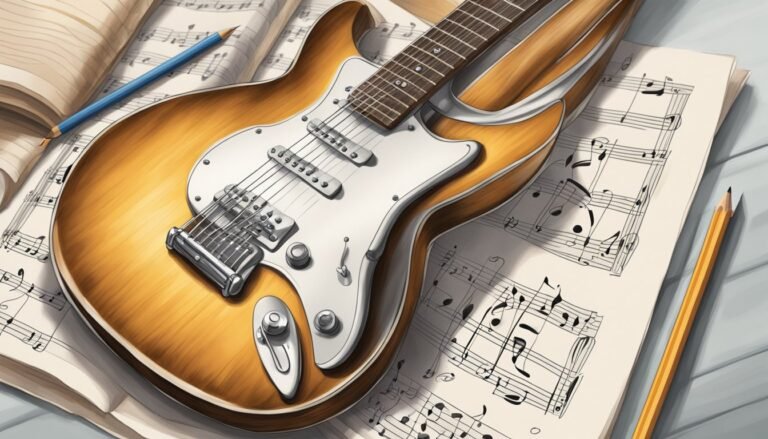
Learning to read guitar sheet music involves understanding standard notation, guitar tablature, timing, rhythm, and music theory to enhance musical expression and confidence.
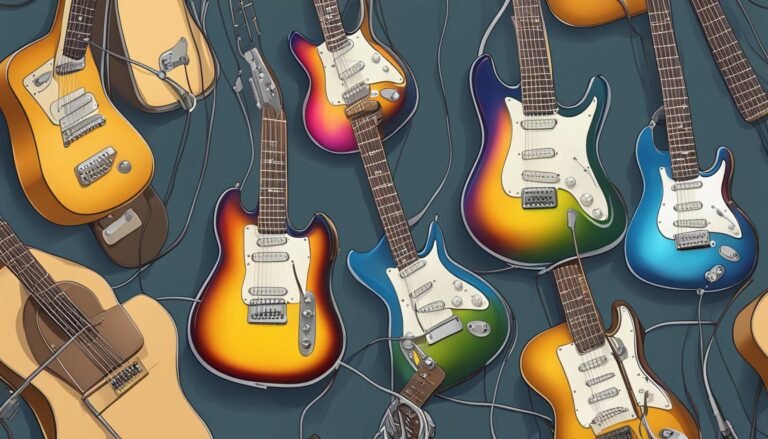
Guitar pickups convert string vibrations into electrical signals, influencing tone and sound quality. They come in various types, including single-coil and humbucker, each offering unique characteristics.

Soundhole humidifiers regulate humidity levels in acoustic guitars, preventing wood damage and enhancing sound quality. Key factors include capacity, material, ease of use, and maintenance.
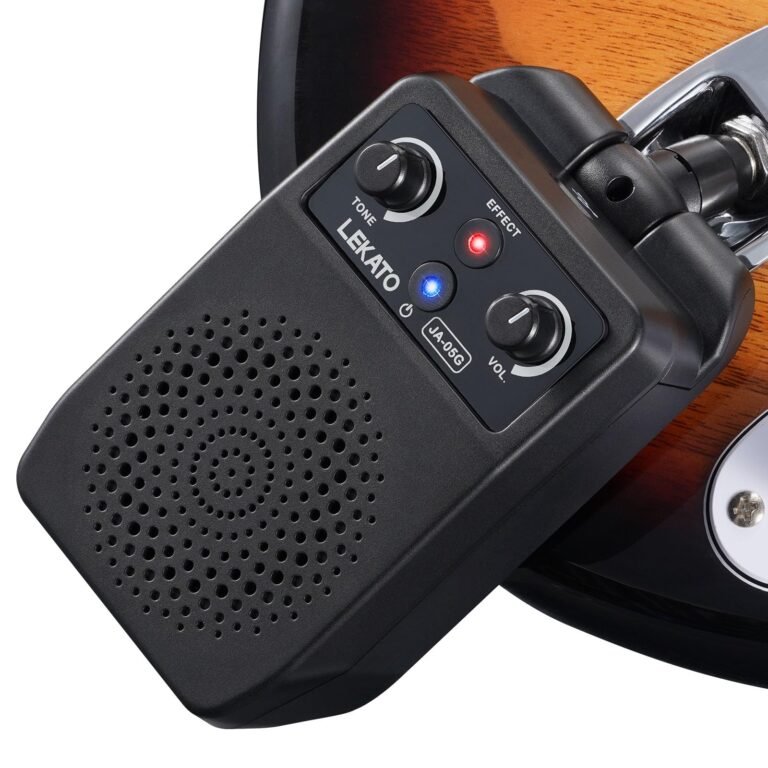
Solid-state guitar amps are known for their reliability and durability, making them ideal for home practice and live performances, with excellent sound quality and portability.
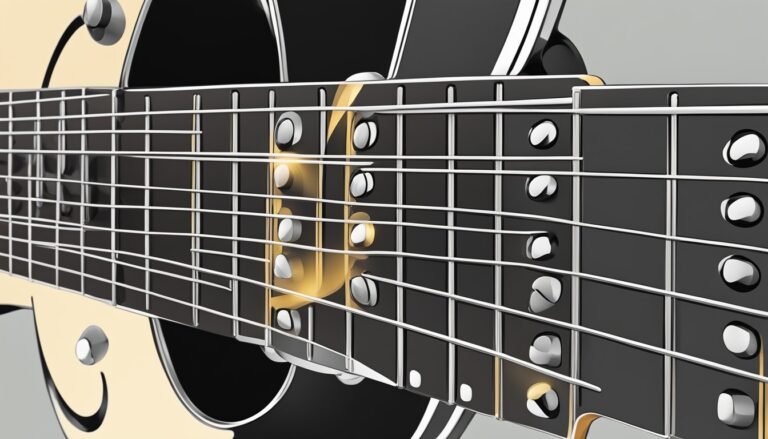
Learning guitar involves mastering the fretboard, understanding standard tuning, and practicing notes and chords to enhance musical skills and confidence through consistent practice.
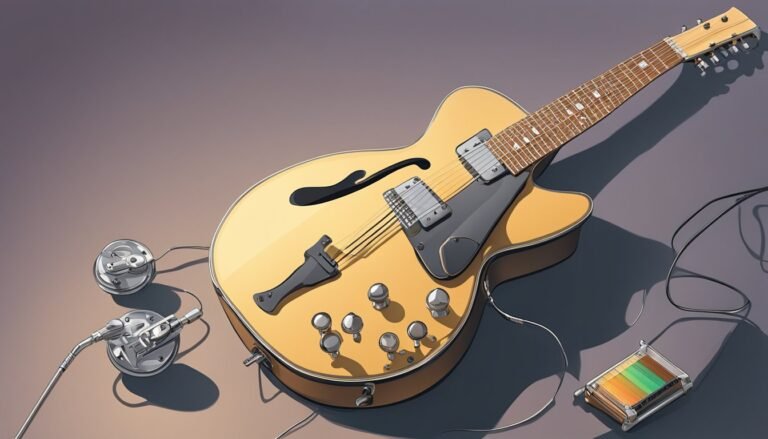
Tuning a guitar involves adjusting strings to standard pitches: E, A, D, G, B, and e, using tools like electronic tuners, apps, or by ear for accuracy.